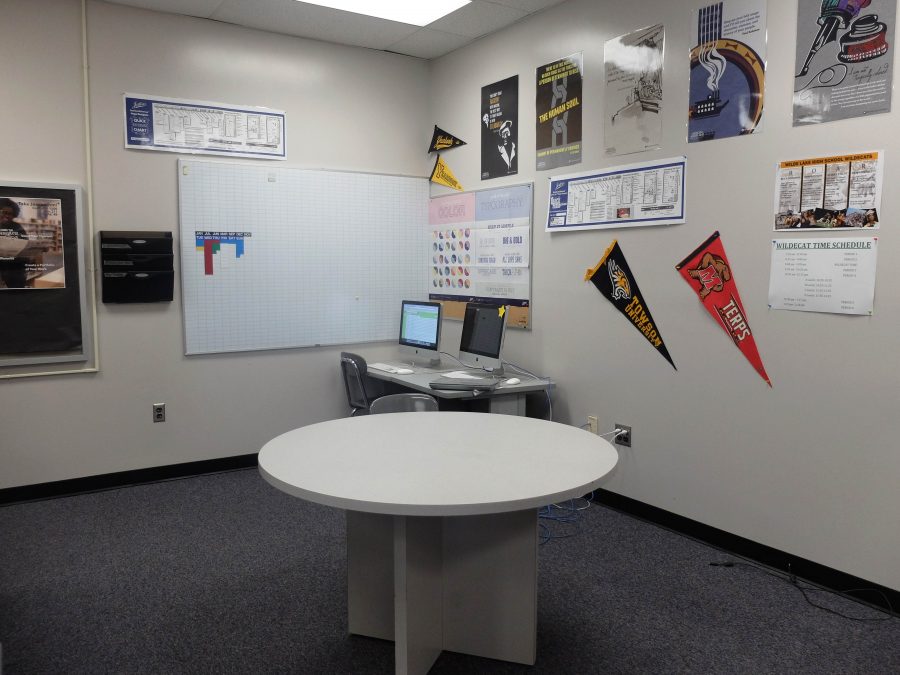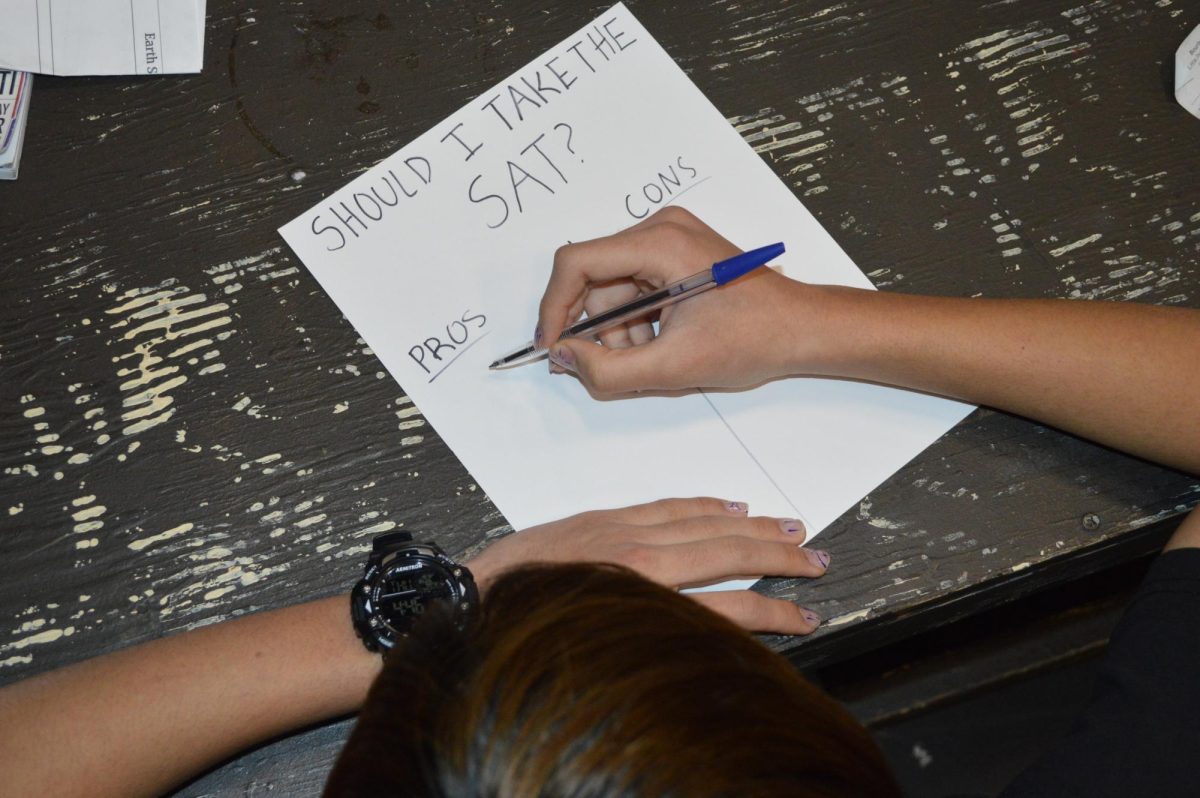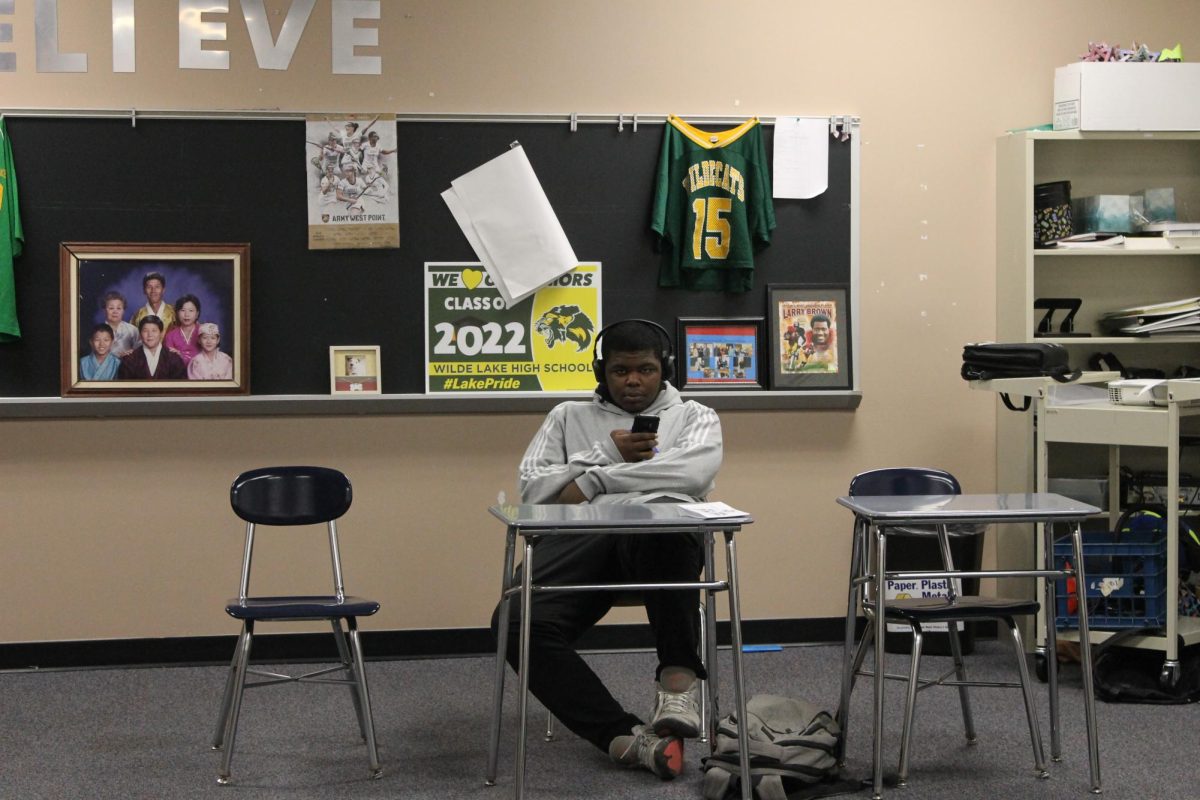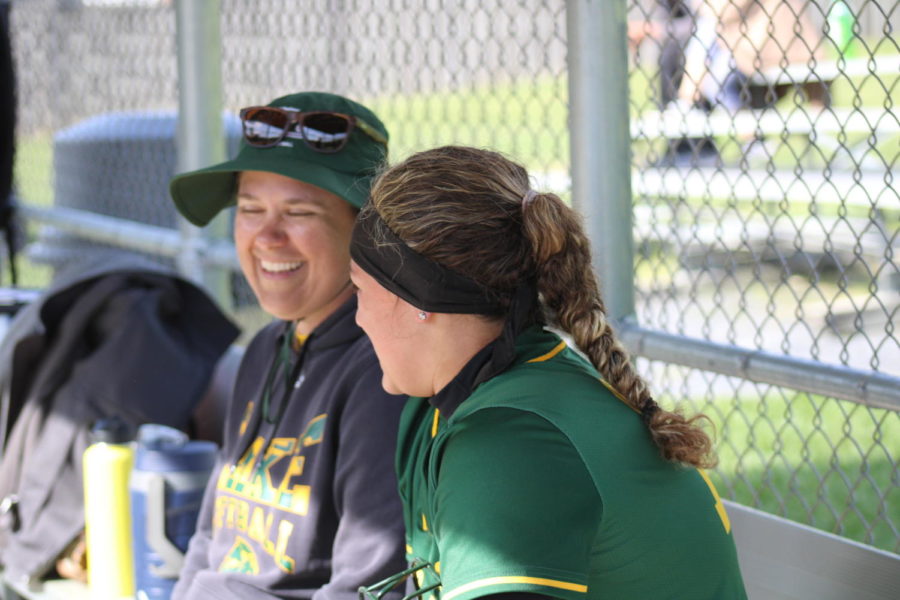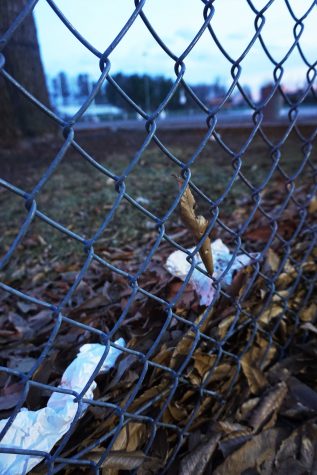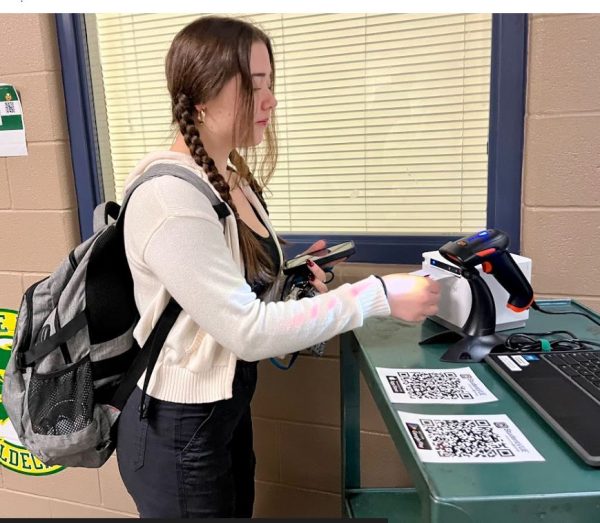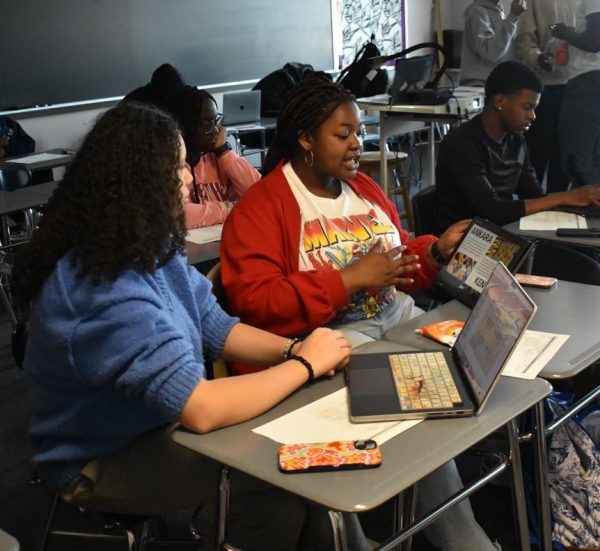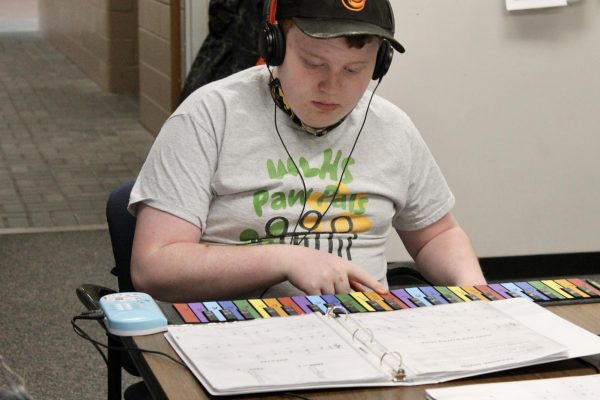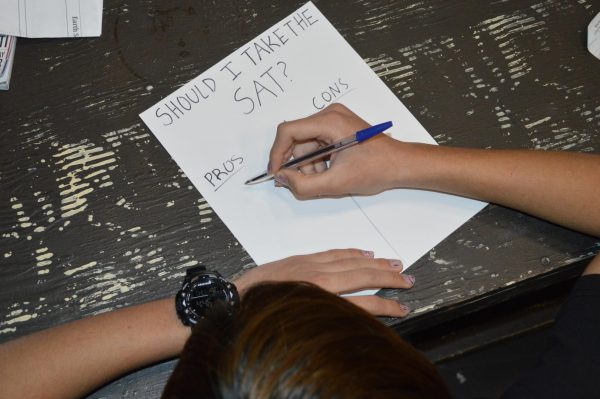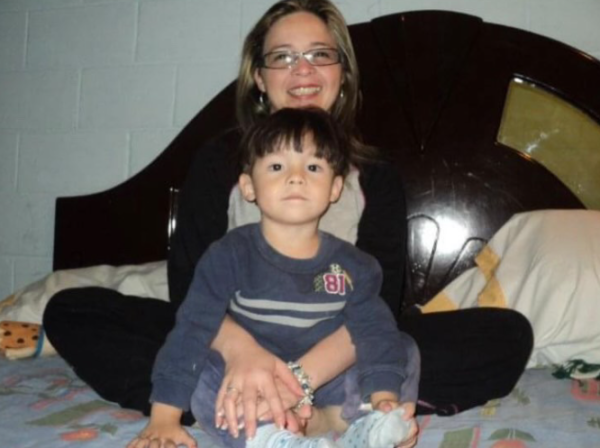Bookshelves, Coffee Makers, Couches, All Removed From Classrooms Due to HCPSS Policy
A red couch that had been in Mr. Townsend’s room where students sat and slept during their lunch period has now been replaced by a grey table.
March 29, 2017
“Just put them in the closet!” students exclaimed after Ms. Bullock informed her students that her lamps, posters, and chair must go after the results of the Indoor Air Quality (IAQ) inspection held on January 5.
Ms. Bullock says she liked the room the way it was. According to her, it created a calmer and more relaxed area where students could do work while being comfortable at the same time.
The Board of Education demanded that teachers remove any furniture including sofas, couches, microwaves, mini-refrigerators, specific bookshelves (if they are made entirely of hardwood or metal then it is allowed), and lamps that were not provided by HCPSS.
These items are being taken away due to the possibility of mold and dust triggering staff and students with allergies, according to the IAQ page on the Howard County Website.
Ms. Bullock’s room was filled with floor lamps that lit the room, a chair near the front of the class, and posters that covered her walls, but now it is all gone. Doing this completely changed the room’s environment and the way that both Ms. Bullock and her students looked at the class.
One of Ms. Bullock’s students, senior Carter Simpson, has strong opinions about the changes to her classroom.
“This is upsetting. The environment of the class was laid back, but with the lamps gone, this will make the class boring and the students will not pay attention in class the way that they used to,” Simpson said.
Ms. Bullock is not the only teacher who had to get rid of her furniture, there are still many others.
Ms. Sweitzer was also affected by this change. While coaching volleyball, Ms. Sweitzer had stored fruits and snacks for the team to eat during practices and games in her mini-fridge. Now that fridge is gone.
“All day [the players] go without eating,” said Ms. Sweitzer. “If they don’t eat then they won’t perform properly.”
Ms. Shea also had an encounter with the IAQ, but instead of items being taking away from her classroom, she received an addition to her class.
A shop vac was added to her classroom to improve the air quality of the room. The shop vac is used for vacuuming all the debris from the floor after labs are performed.
The Board also decided to replace her carpeted flooring with tile flooring, so that the debris will not stick to the floor.
“I’m in favor of the indoor air quality changes. It will make the environment safer,” said Ms. Shea.
With all the changes being done to the classrooms, it will take a long time to adjust. A handful of teachers believe that the IAQ assessment is an excuse to police the use of microwaves and posters in classrooms.
“I’m not looking forward to my classroom looking like a factory. I want to teach in a room that reflects me, but rules are rules,” said Ms. Bullock. “I understand that [items being taken away] is a health hazard to students allergic to dust and mold. It’s for the safety of our students.”



